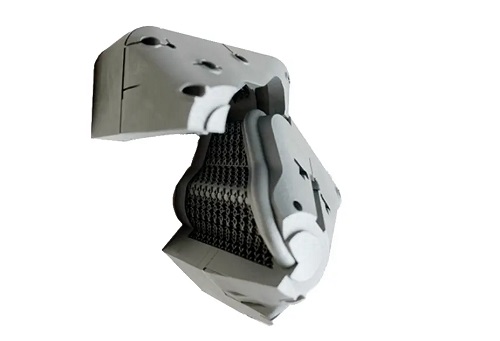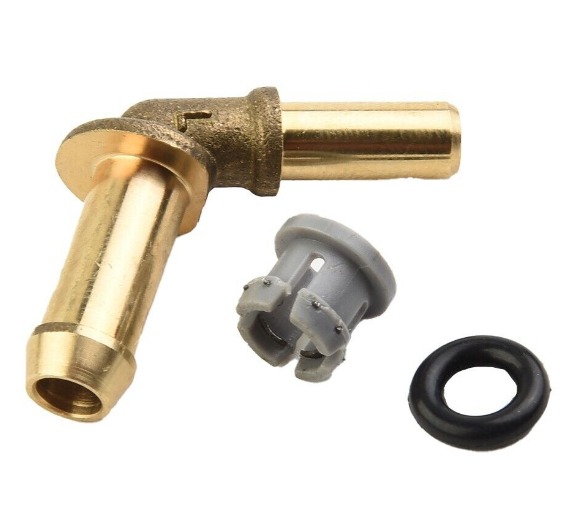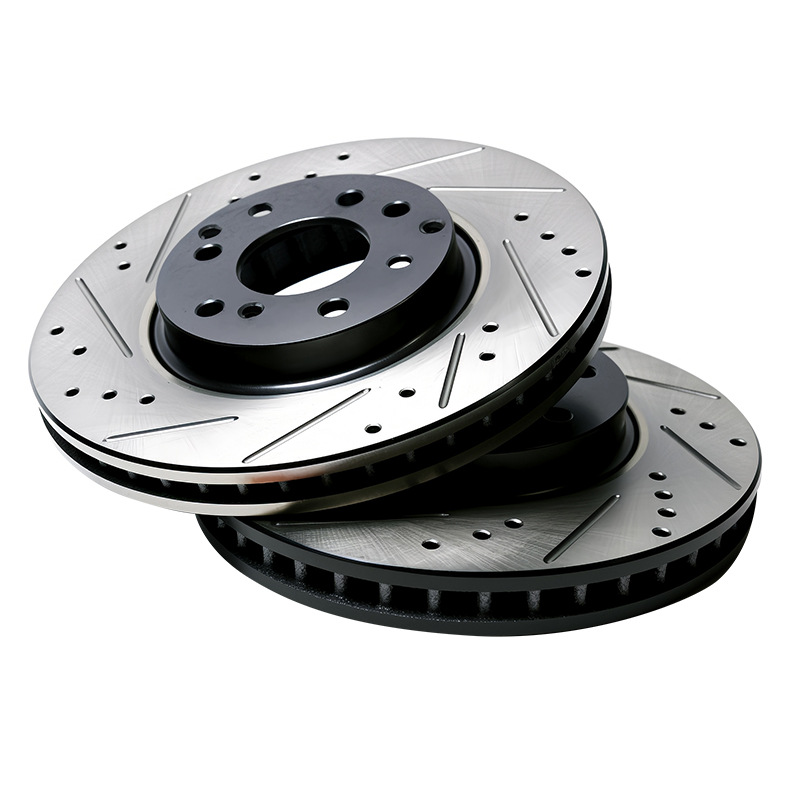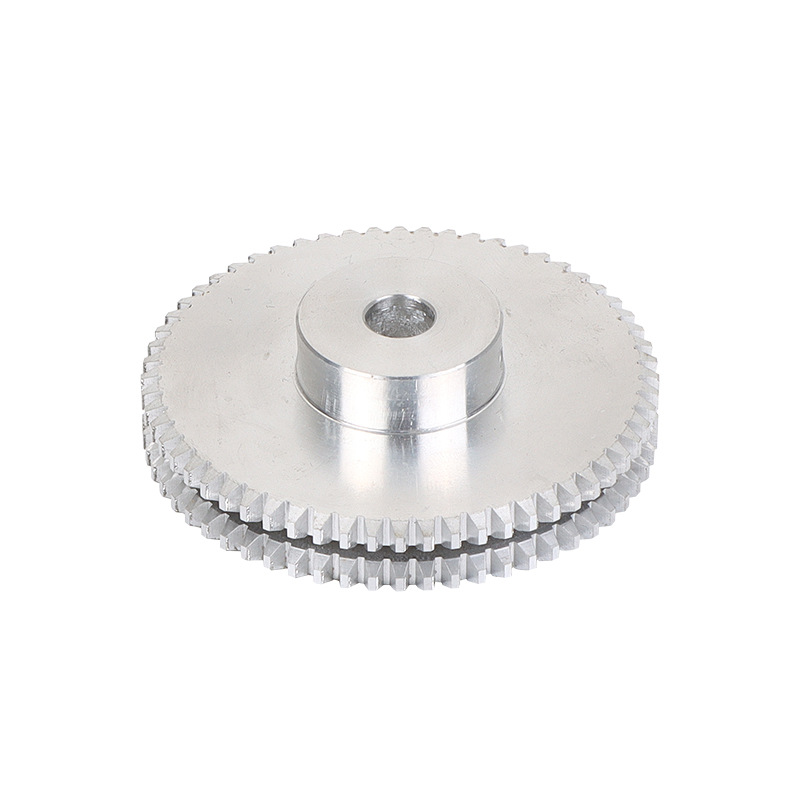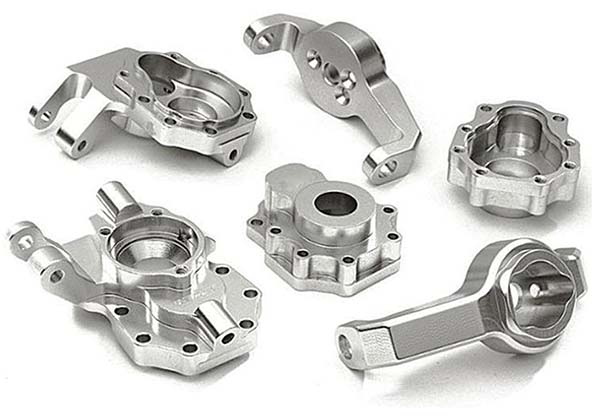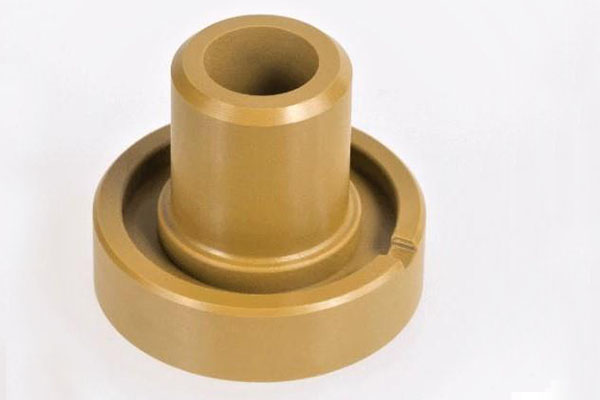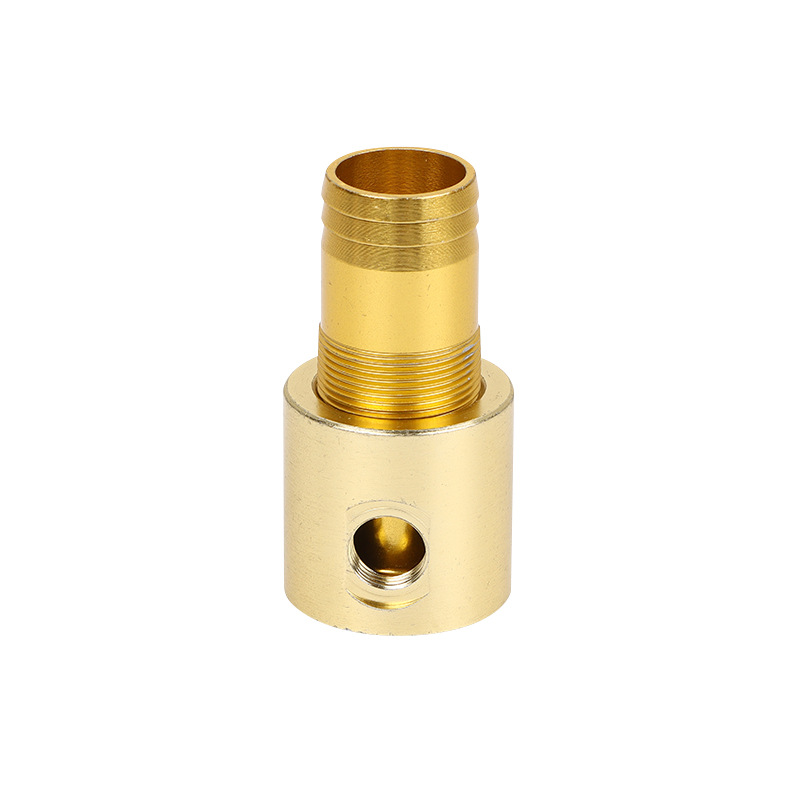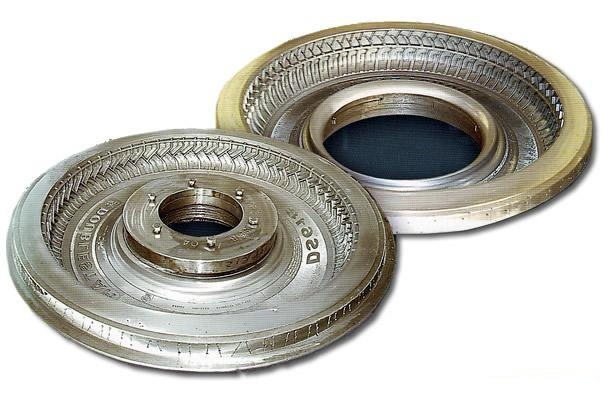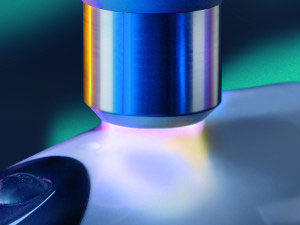Metal, wood, and concrete surfaces often suffer from a common set of flaws: rust buildup, old paint layers, rough edges, or uneven textures that hinder performance and appearance. A steel beam might fail to bond with a protective coating due to surface contaminants, a vintage car part could look worn beyond repair with rust, or a concrete wall might need texturing to improve adhesion for new paint. Chemical cleaners can’t remove deep-seated rust or create controlled roughness, while manual sanding is too slow for large surfaces. What’s needed is a powerful, efficient process that can clean, texture, and prepare surfaces in one step. This is where surface treatment sandblasting delivers. By propelling abrasive particles at high speeds, it blasts away imperfections, creates uniform textures, and readies surfaces for coatings—solving these pain points with precision and speed. In this guide, we’ll explore how sandblasting works, its key types, properties, and how to leverage it for superior surface preparation.
Introduction to Sandblasting
Sandblasting is an abrasive process that refines surfaces through controlled impact—combining power with precision to transform material properties:
- Definition: Sandblasting is a surface treatment where abrasive particles (sand, glass beads, steel shot) are propelled at high velocity (40-100 mph) using compressed air or water. The impact removes contaminants, smooths rough areas, or textures surfaces, preparing them for further treatments like painting or coating.
- Historical background: Sandblasting emerged in the late 19th century, with Benjamin Chew Tilghman patenting the process in 1870 for cleaning metal. Early uses included preparing ship hulls and railroad parts for painting. Over time, sand was replaced with safer abrasives (like glass beads) due to health risks, and modern systems now include dust collection and automation for efficiency.
- Basic principles: The process relies on kinetic energy—abrasive particles accelerated by compressed air strike the surface, dislodging contaminants (rust, paint) or altering texture. The result depends on abrasive type, size, and velocity: coarse abrasives remove more material, while fine abrasives create smoother finishes.
- Industrial significance: Sandblasting is a critical step in 80% of surface preparation workflows, from automotive refinishing to industrial manufacturing. It reduces coating failure rates by 50% by ensuring proper adhesion. The global abrasive blasting equipment market exceeds $3 billion, driven by demand in construction and aerospace.
- Environmental considerations: Traditional sandblasting generated silica dust, a health hazard, but modern abrasives (glass beads, steel shot) are safer. Dust collectors capture 99% of particles, and water-based wet blasting reduces airborne contaminants. Spent abrasives are recycled where possible, complying with OSHA and EPA regulations.
- Comparison with other surface treatments: Sandblasting offers unique advantages for aggressive cleaning and texturing:
| Feature | Sandblasting | Chemical Stripping | Manual Sanding |
| Speed | Fast (large surfaces) | Slow (hours to days) | Very slow (labor-intensive) |
| Contaminant Removal | Excellent (rust, thick paint) | Good (paint, not rust) | Poor (inconsistent) |
| Surface Texture | Controlled roughness | Smooth (no texture) | Inconsistent roughness |
| Cost for Large Parts | Low to moderate | High (chemicals) | Very high (labor) |
Types of Sandblasting
Sandblasting techniques vary by abrasive type and application, from gentle cleaning to aggressive material removal:
- Abrasive blasting: A broad category encompassing all abrasive-based processes, using materials like aluminum oxide (for metal), garnet (for wood), or plastic beads (for delicate surfaces). It’s versatile, handling everything from rust removal to graffiti cleanup.
- Sandblasting (traditional): Uses silica sand for aggressive cleaning, though it’s now rare due to silica dust risks. It’s still used in industrial settings with strict dust control, ideal for removing thick rust or scale from steel.
- Bead blasting: Uses spherical glass beads (0.1-2 mm) to create a smooth, matte finish without removing much material. It’s used for cleaning aluminum parts (automotive wheels) or peening (strengthening) metal surfaces.
- Steel shot blasting: Uses hardened steel pellets (0.5-3 mm) for heavy-duty applications, like preparing structural steel or cleaning castings. The shot’s hardness (50-60 HRC) removes tough contaminants and imparts compressive stress, improving fatigue resistance.
- Wet blasting: Mixes abrasives with water to reduce dust and create a smoother finish. It’s used for delicate parts (electronics, medical devices) where heat or dust could cause damage. The water cushions impact, preventing surface damage.
- Dry blasting: Uses dry abrasives with compressed air, more aggressive than wet blasting. It’s faster for large surfaces (ship hulls, bridges) and preferred for applications needing deeper texture for coating adhesion.
- Micro-abrasive blasting: Uses fine abrasives (5-50 μm) in a precise stream, ideal for small parts or detailed work (e.g., cleaning jewelry, deburring medical instruments). It’s controlled via a nozzle as small as 0.5 mm, allowing intricate surface modification.
Properties of Sandblasted Surfaces
The properties of sandblasted surfaces are tailored to application needs, balancing cleanliness, texture, and functionality:
- Surface roughness: Sandblasting creates controlled roughness (1-100 μm Ra), with finer abrasives (glass beads) achieving 1-5 μm Ra and coarse abrasives (steel shot) reaching 50-100 μm Ra. This roughness increases coating adhesion by 200-300% compared to smooth surfaces.
- Dimensional accuracy: Most sandblasting removes <0.1 mm of material, preserving part dimensions. For precision parts, micro-abrasive blasting controls material removal to ±0.01 mm, ensuring no impact on fit.
- Aesthetic appeal: Bead blasting creates a uniform matte finish on metal (e.g., automotive wheels), while abrasive blasting can texture concrete for decorative effects. The process hides minor scratches and creates consistent appearance across batches.
- Wear resistance: Steel shot blasting imparts compressive stress, increasing surface hardness by 10-15% (e.g., from 200 to 230 HV). This reduces wear in moving parts like gears and bearings.
- Corrosion resistance: By removing rust and contaminants, sandblasting prevents further corrosion. When followed by a coating, it extends part life by 3-5x in outdoor environments compared to untreated surfaces.
- Adhesion: The rough surface profile “locks” into paints, adhesives, and powders, ensuring coatings don’t peel. For example, sandblasted steel panels have 50% better paint adhesion than chemically cleaned panels in ASTM D3359 tests.
- Uniformity: Automated sandblasting ensures consistent texture across large surfaces (e.g., bridge girders), with ±5% variation in roughness—critical for coatings that require even thickness.
Applications of Sandblasting
Sandblasting enhances performance and preparation across industries, from heavy construction to delicate electronics:
- Automotive: Car bodies are sandblasted to remove old paint and rust before repainting, ensuring a smooth, long-lasting finish. Wheels undergo bead blasting for a uniform matte look, while engine parts use steel shot blasting to clean casting residues.
- Aerospace: Aircraft components (fuselage panels, turbine blades) are sandblasted to remove corrosion and prepare surfaces for high-performance coatings. Micro-abrasive blasting cleans fuel injectors and precision fasteners without damaging delicate parts.
- Construction: Concrete walls and floors are sandblasted to remove old coatings or create a slip-resistant texture. Steel beams are blast-cleaned before painting to ensure corrosion resistance in bridges and buildings.
- Marine industry: Boat hulls are sandblasted to remove barnacles and old antifouling paint, improving fuel efficiency by reducing drag. Stainless steel fittings undergo bead blasting to resist saltwater corrosion.
- Medical devices: Surgical instruments are micro-abrasive blasted to remove burrs and contaminants, ensuring biocompatibility. The process creates a smooth surface that resists bacterial adhesion.
- Jewelry: Silver and gold pieces are bead blasted to create a matte finish, hiding fingerprints and scratches. Micro-abrasive blasting adds intricate textures to designs without damaging delicate details.
- Industrial equipment: Machinery parts (gears, valves) are sandblasted to remove grease and rust, preparing them for reconditioning. The textured surface ensures new coatings adhere reliably in harsh factory environments.
Sandblasting Process and Equipment
The sandblasting process and equipment are designed for control, safety, and efficiency:
- Blast cabinets: Enclosed units (0.5-5 m³) for small to medium parts, with gloves for manual operation. They contain dust and allow precise control, ideal for jewelry, tools, and small components.
- Blast rooms: Large enclosed spaces (10-1000 m³) for large parts (cars, steel beams). They include overhead cranes for moving parts and automated nozzles for uniform blasting.
- Abrasive materials: Selected based on application:
- Glass beads: 0.1-2 mm, for smooth finishes on aluminum/steel.
- Steel shot: 0.5-3 mm, for heavy-duty cleaning/peening.
- Aluminum oxide: 50-500 μm, for aggressive metal cleaning.
- Plastic beads: 0.1-1 mm, for delicate surfaces (electronics).
- Compressed air systems: Provide 80-120 PSI pressure to propel abrasives. Dryers remove moisture to prevent clumping, and regulators maintain consistent pressure for uniform results.
- Nozzles: Made of tungsten carbide or boron carbide for durability, with sizes from 3 mm (fine work) to 15 mm (large surfaces). Nozzle distance (10-30 cm from the surface) controls impact intensity.
- Reclamation systems: Vacuum or conveyor systems collect spent abrasives, separating reusable material from debris. This reduces waste by 70% in industrial settings.
- Safety equipment: Operators wear blast suits (abrasion-resistant), respirators (HEPA filters for dust), and face shields. Ventilation systems in blast rooms exchange air 10-20 times per hour to remove contaminants.
- Pre-treatment processes: Parts are degreased with solvents or alkaline cleaners to remove oils, ensuring abrasives contact the surface directly. This step reduces blasting time by 30%.
Quality Control and Maintenance in Sandblasting
Rigorous quality control and maintenance ensure consistent, safe results:
- Surface inspection: Profilometers measure roughness (Ra 1-100 μm) to verify texture meets specifications (e.g., 5-10 μm Ra for automotive painting). Visual checks ensure no residual rust, paint, or uneven blasting.
- Abrasive control: Abrasive size is checked with sieves to ensure consistency—too large, and it may damage the surface; too small, and it won’t remove contaminants. Spent abrasives with >10% debris are replaced.
- Pressure monitoring: Gauges track air pressure (80-120 PSI), with variations <±5 PSI to prevent uneven blasting. Regular calibration ensures accurate readings.
- Equipment maintenance: Nozzles are inspected daily for wear—replace when diameter increases by 10% to maintain impact consistency. Compressors are serviced monthly, with filters changed to prevent moisture in the air line.
- Safety audits: Ventilation systems are tested weekly to ensure dust levels <5 mg/m³ (OSHA limit for silica). Respirators are inspected for proper fit, and operators undergo annual training on hazard prevention.
- Quality standards: Compliance with SSPC (Society for Protective Coatings) standards (e.g., SSPC-SP 10 for near-white metal) ensures surface preparation meets industry requirements. Aerospace parts follow AMS 2430 for blast cleaning.
- Defect correction: Uneven blasting is fixed by re-blasting with adjusted pressure or nozzle distance. Residual contaminants require re-degreasing before re-blasting to avoid coating failure.
Yigu Technology’s Perspective
As a leading custom manufacturing supplier in China, Yigu Technology offers precision sandblasting services for automotive, aerospace, and industrial clients. Our capabilities include wet blasting (for delicate parts), steel shot blasting (for heavy-duty cleaning), and micro-abrasive blasting (for precision components). We use automated systems with pressure control (±2 PSI) to ensure uniform roughness (5-50 μm Ra) and integrate dust collectors for safety. Our quality checks include profilometer testing and SSPC standard compliance. We tailor abrasive selection to material type—aluminum, steel, or plastic—delivering surfaces optimized for coating adhesion and performance. Our commitment to ISO 9001 ensures reliable, on-time delivery of sandblasted parts.
FAQs
- Is sandblasting safe for all materials?
No—soft materials like wood or plastic require gentle abrasives (plastic beads, garnet) to avoid damage. Delicate parts (electronics, jewelry) use micro-abrasive blasting with low pressure (20-40 PSI) to prevent warping or scratching.
- How long does a sandblasted surface stay clean before coating?
Ideally, coating should be applied within 4 hours of sandblasting to prevent re-rusting (in humid environments) or dust accumulation. In dry conditions, it can wait up to 24 hours, but surface preparation is often done just before coating for best results.
- Can sandblasting remove graffiti from concrete?
Yes—garnet or aluminum oxide abrasives at 80-100 PSI effectively remove graffiti from concrete without damaging the surface. Wet blasting is preferred for outdoor areas to reduce dust and keep debris contained.
